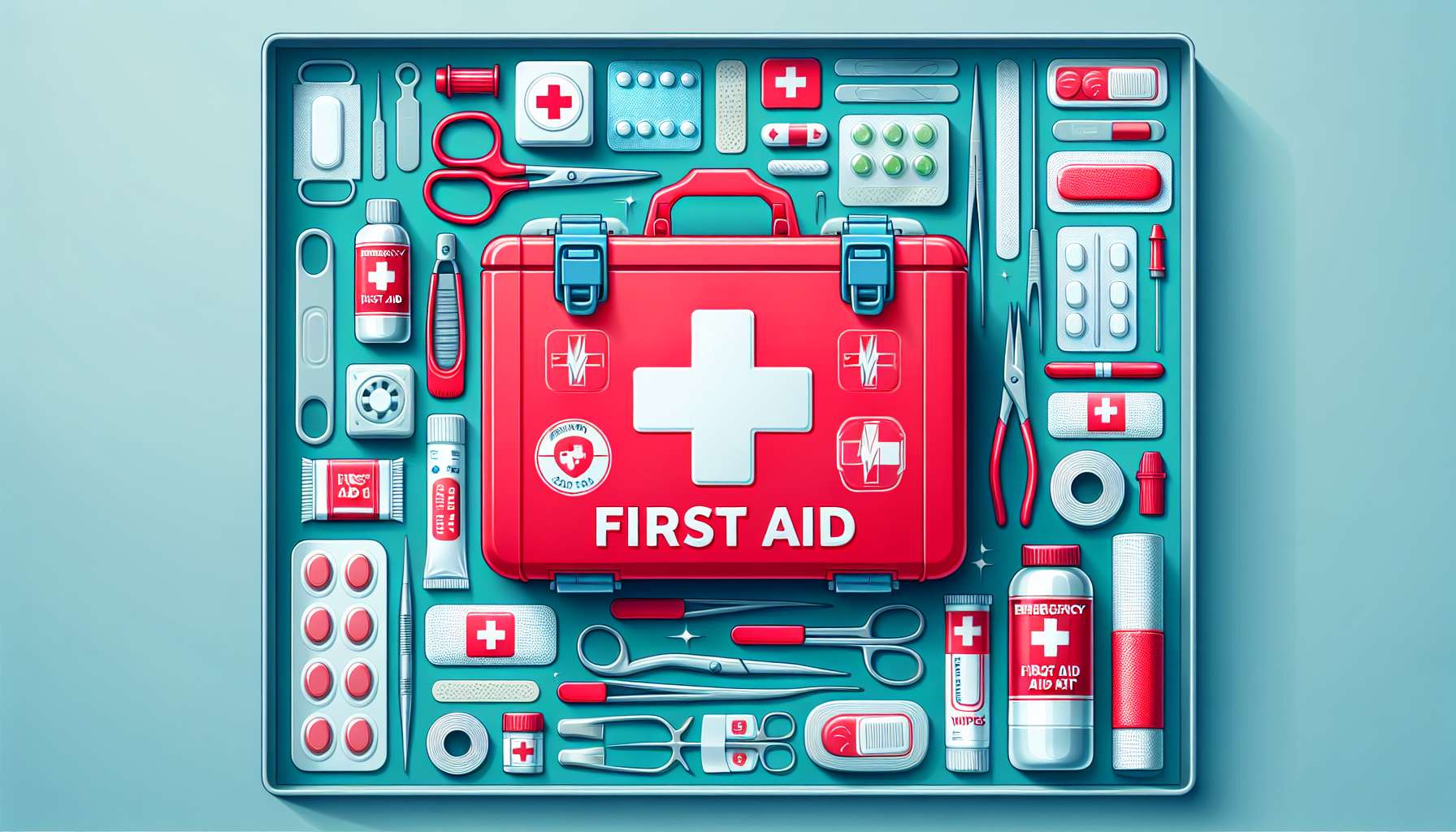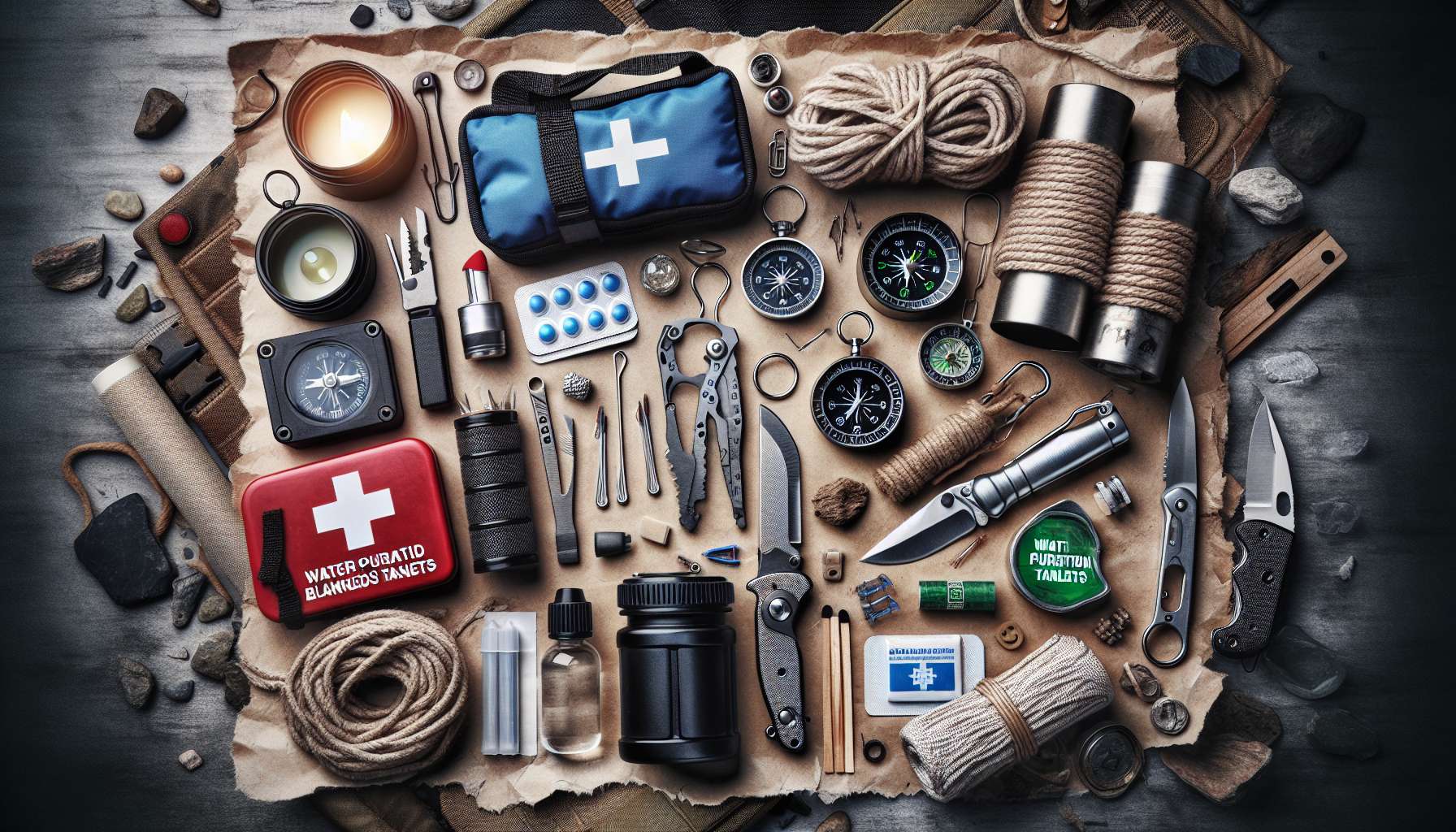Emergency First Aid Kits: A Comprehensive Guide
Emergencies can happen at any time and any place, and being prepared can make all the difference. One essential tool in any emergency preparedness plan is a well-stocked first aid kit. Whether you’re at home, in the car, or out hiking in the wilderness, having a properly equipped first aid kit can help you provide immediate care until professional help arrives. In this article, we will delve into the world of emergency first aid kits, exploring their importance, contents, and best practices for preparation and use.
The Importance of Emergency First Aid Kits
When it comes to emergencies, time is of the essence. Having a first aid kit readily available can mean the difference between life and death in certain situations. First aid kits are designed to provide immediate care for injuries such as cuts, burns, sprains, and more, allowing you to stabilize a victim until they can receive proper medical attention. Whether you’re dealing with a minor scrape or a more serious injury, having the necessary supplies on hand can make a significant impact on the outcome.
Furthermore, first aid kits are not just for physical injuries. They can also contain essential items for addressing medical emergencies like allergic reactions, asthma attacks, or diabetic episodes. Being able to quickly access necessary medications or supplies can be crucial in preventing a situation from escalating.
Building Your Emergency First Aid Kit
When assembling a first aid kit, it’s important to consider your specific needs and potential risks. While pre-made first aid kits are available for purchase, customizing your kit allows you to tailor it to your unique circumstances. Here are some essential items to include in your emergency first aid kit:
Bandages and Dressings
Bandages come in various shapes and sizes and are used to cover wounds and control bleeding. Include adhesive bandages, gauze pads, and elastic bandages in your kit to handle different types of injuries.
Cleansing and Disinfecting Supplies
Antiseptic wipes, alcohol pads, and hydrogen peroxide are essential for cleaning wounds and preventing infection. Make sure to include these items in your kit to maintain proper wound care.
Tools and Instruments
A pair of scissors, tweezers, and a thermometer can be handy tools in various situations. Scissors can be used to cut bandages or clothing, tweezers for removing splinters, and a thermometer for monitoring body temperature.
Medications
Include common over-the-counter medications like pain relievers, antihistamines, and antacids in your kit. Additionally, if you have specific medical conditions, make sure to include any necessary prescription medications.
Personal Protective Equipment
Gloves, masks, and eye protection are essential for preventing the spread of infection and maintaining a safe environment while providing first aid. Make sure to include these items in your kit to protect yourself and the victim.
Emergency Contact Information
Include a list of emergency contacts, including family members, doctors, and local emergency services, in your first aid kit. Having this information readily available can help you quickly access help if needed.
Best Practices for First Aid Kit Preparation
Once you have assembled your first aid kit, it’s important to regularly check and update its contents. Here are some best practices to ensure your kit is always ready for use:
Check Expiration Dates
Many items in a first aid kit have expiration dates, including medications and disinfectants. Regularly inspect your kit and replace any expired items to ensure their effectiveness when needed.
Restock After Use
If you use any supplies from your first aid kit, make sure to restock them as soon as possible. You never know when the next emergency might occur, so it’s essential to keep your kit fully equipped at all times.
Review and Update Contents
Periodically review the contents of your first aid kit to ensure they align with your current needs. As your circumstances change, you may need to add or remove items from your kit to ensure it remains relevant.
Store in a Accessible Location
Keep your first aid kit in a readily accessible location, such as a kitchen cabinet, car glove compartment, or hiking backpack. Make sure everyone in your household knows where the kit is located and how to use its contents.
Expert Opinions on Emergency First Aid Kits
According to Dr. Emily Wong, an emergency medicine physician, “Having a well-equipped first aid kit is crucial for handling emergencies effectively. It’s not just about having the supplies; it’s also about knowing how to use them. I recommend taking a basic first aid course to familiarize yourself with proper first aid techniques.”
Dr. James Smith, a trauma surgeon, adds, “In my line of work, I’ve seen firsthand the difference a well-prepared first aid kit can make. Whether you’re dealing with a minor injury or a more serious trauma, having the right supplies on hand can save lives.”
Common Misconceptions About First Aid Kits
One common misconception about first aid kits is that they are only necessary for outdoor adventures or extreme sports. In reality, emergencies can happen anywhere, whether you’re at home, work, or school. Having a first aid kit on hand can help you respond quickly and effectively in any situation.
Another misconception is that first aid kits are only for adults. However, children are just as susceptible to injuries and medical emergencies. Make sure to include child-friendly supplies like colorful bandages and liquid medications in your kit if you have young ones at home.
Comparative Analysis of First Aid Kits
There are various types of first aid kits available on the market, ranging from basic kits for home use to advanced trauma kits for medical professionals. When choosing a first aid kit, consider your specific needs and level of training. A basic kit may be sufficient for minor injuries, while a more comprehensive kit may be required for emergencies in remote locations or high-risk environments.
Some popular brands of first aid kits include Johnson & Johnson, First Aid Only, and Adventure Medical Kits. These brands offer a range of kits tailored to different purposes, from travel kits to sports kits to workplace kits.
FAQs About Emergency First Aid Kits
Q: Can I make my own first aid kit, or should I buy a pre-made one?
A: You can make your own first aid kit by assembling essential supplies or purchase a pre-made kit for convenience. Customizing your kit allows you to tailor it to your specific needs, while pre-made kits are convenient for those who prefer a ready-to-use solution.
Q: How often should I check and update my first aid kit?
A: It’s recommended to check your first aid kit every 3-6 months and replace any expired items. Additionally, review the contents of your kit annually to ensure it remains relevant to your needs.
Conclusion
To wrap things up, emergency first aid kits are essential tools for providing immediate care in times of need. By assembling a well-stocked kit and familiarizing yourself with its contents, you can be better prepared to handle emergencies effectively. Remember to regularly check and update your kit to ensure it remains ready for use. In the end, being prepared can make all the difference in an emergency situation.




